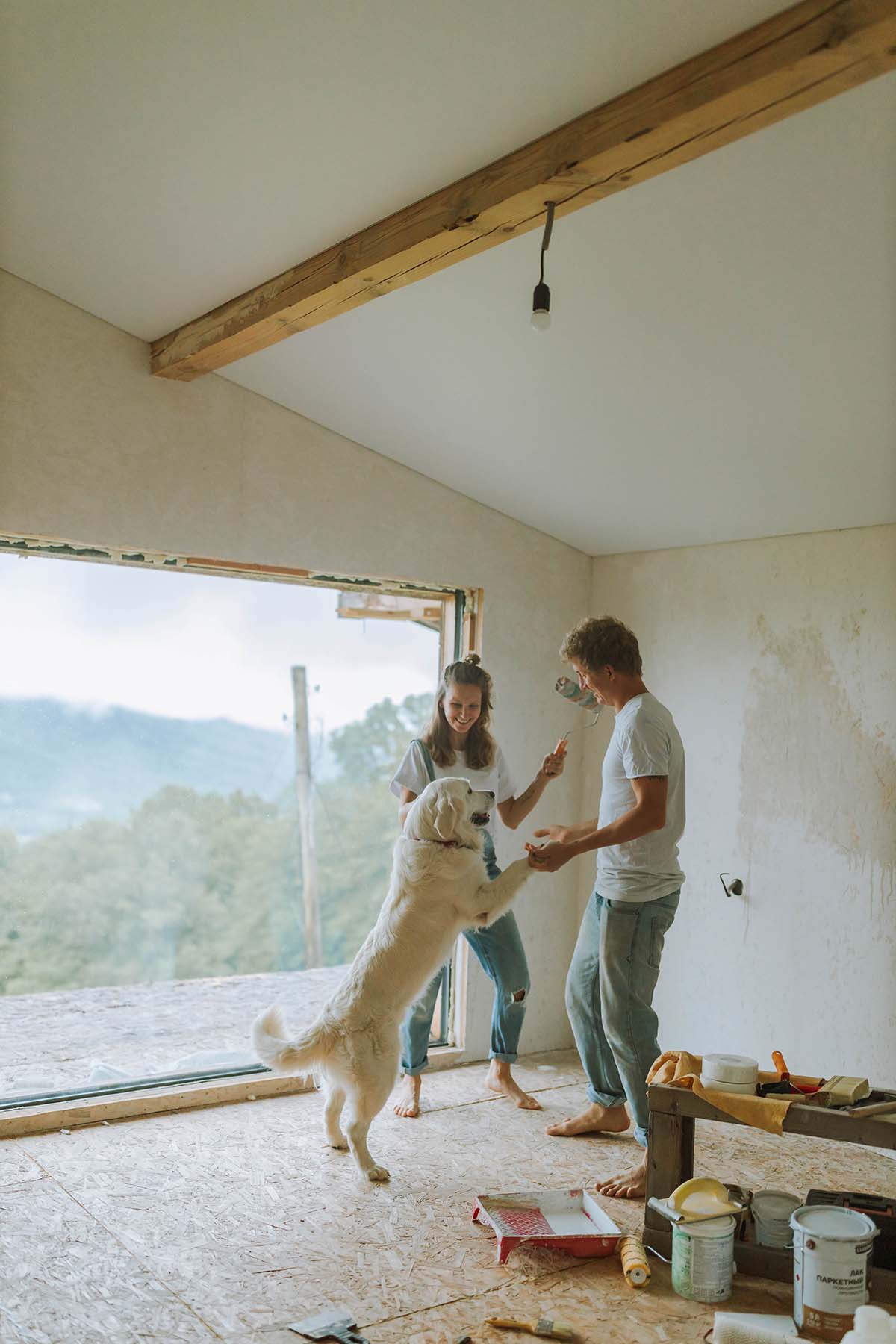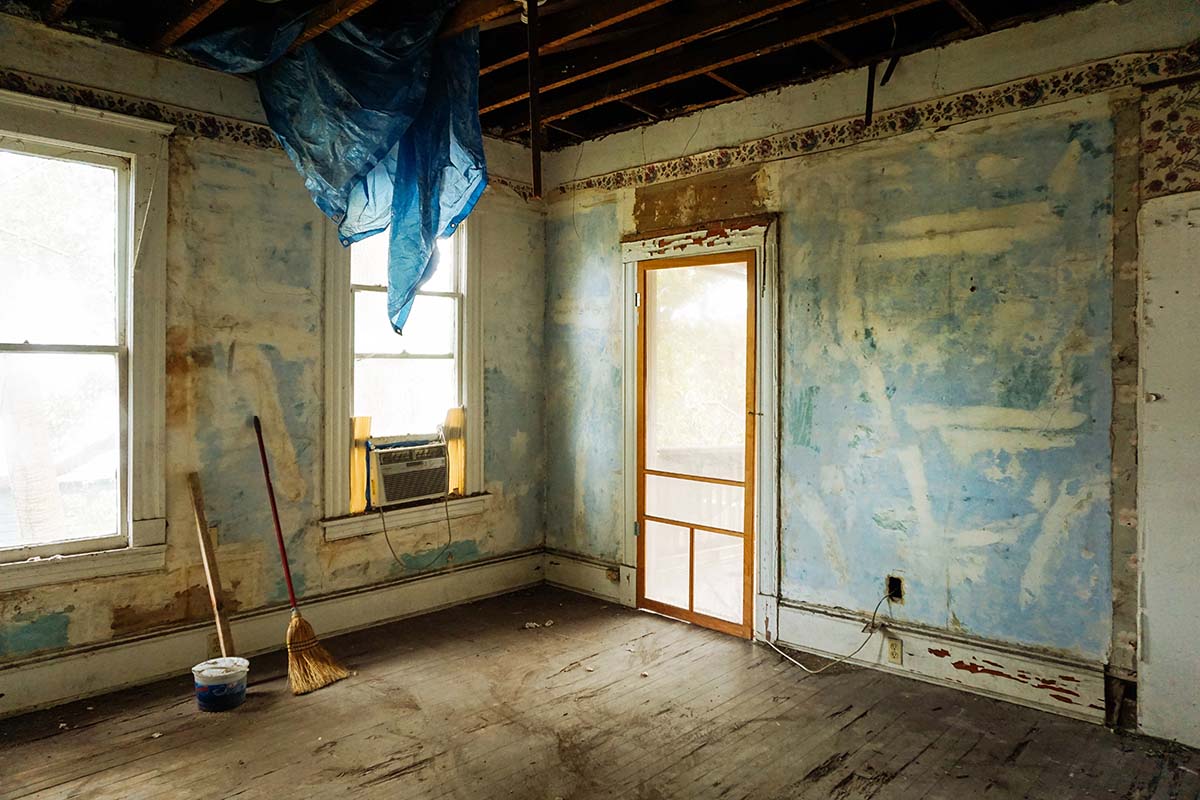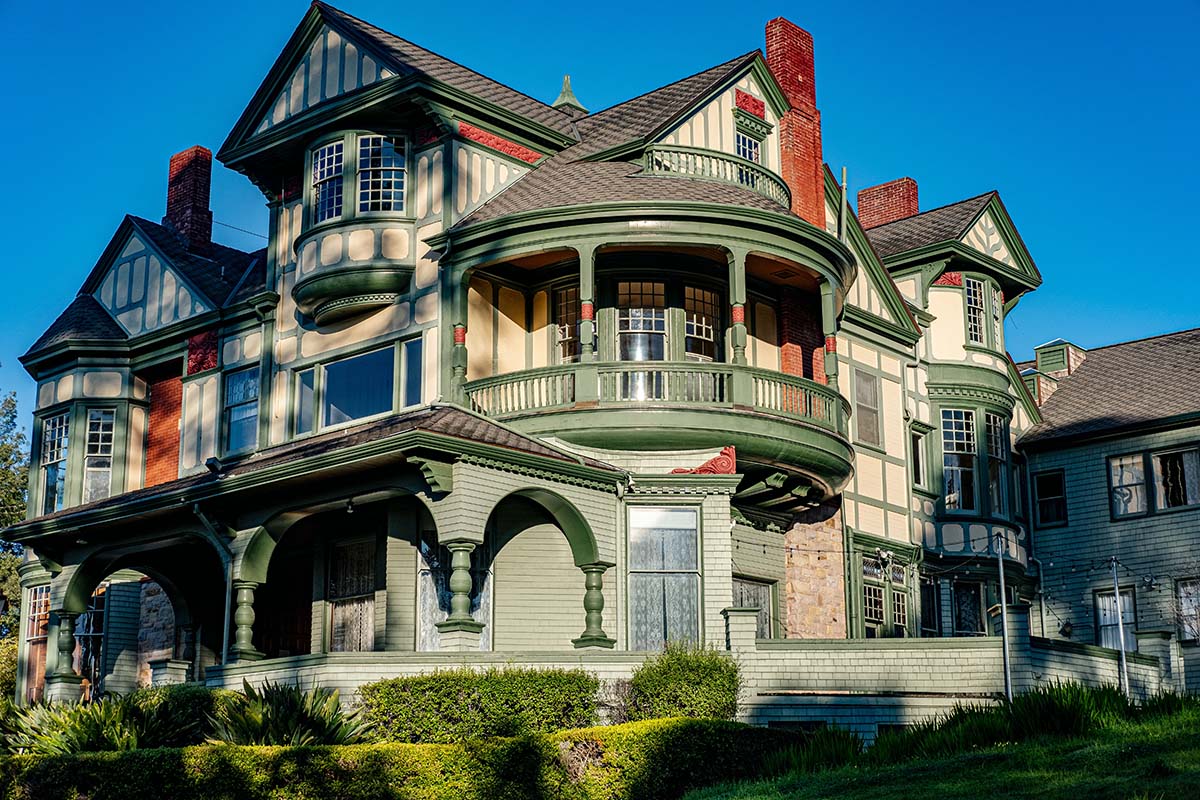Asbestos: one of the most dreaded words on a construction site. While the average person may not know exactly what it is or what it looks like, we’ve all watched enough renovation shows to know that it’s a real pain to deal with. Proper remediation and asbestos waste disposal requires some specialized know-how to keep your project safe and on schedule.
Renovating a home or building built during the asbestos era? You’ll want to read up on the proper asbestos waste collection and search asbestos waste disposal sites in your area for expert assistance.
What is asbestos?

Asbestos was widely used in residential and commercial construction from the 1940s to 1970s until it was banned in Canada in 2018. You may be surprised to learn that asbestos is actually a naturally-occurring mineral. Its flexible fibres are resistant to heat, electricity, and corrosion which is what made it a great insulating material.
The devastating downside of asbestos is that it is a carcinogen. When inhaled or ingested, asbestos fibres can become permanently trapped in the body and repeated exposure is associated with lung disease and cancer. Mesothelioma, an aggressive form of cancer, is almost exclusively caused by asbestos.
Asbestos is known to cause serious health problems, so many countries have banned the use of asbestos and products containing asbestos.
How do you know if you have asbestos?
The tricky thing about asbestos is that it’s not easily identifiable by sight alone. However, since it was used so extensively in construction until the mid-1970s, your best clue is simply the age of your home or building.
In homes built before 1975, asbestos was commonly used in many different types of building materials including (but not limited to) the following:
- pipe insulation
- blown-in insulation
- vinyl floor tiles
- ceiling tiles
- some linoleum products
- some paint
- roofing and siding material
- plaster
- fibre cement siding
- HVAC duct insulation (usually corrugated or flat-paper style)
If you suspect there is asbestos in areas of your home or building that will be disturbed or demolished during a renovation, you may want to hire a professional asbestos testing service for confirmation. Alternatively, there are testing kits you can purchase if you prefer to gather a sample yourself and submit it by mail to a testing lab.

Is it dangerous to live or work with asbestos?

As long as asbestos-containing materials remain undisturbed or intact, the risk of harm is relatively low. The greatest risk associated with asbestos exposure comes when it is damaged or disturbed.
Depending on the scale of the renovation project and the risk of exposure to airborne asbestos fibres, there are specific asbestos abatement protocols to follow. High-risk exposure activities may include removing friable (easily crumbled) asbestos-containing materials in areas 1 sq. ft. or larger, or removal of more than 100 sq. ft. of continuous ceiling tile or sheet vinyl flooring that contains asbestos.
Safe asbestos removal protocols include specific personal protective equipment such as disposable coveralls and air-purifying respirators, as well as continuous air monitoring and proper asbestos waste disposal.
How to dispose of asbestos safely
In Alberta, asbestos waste can be disposed at Class I or Class II landfills as long as it is bagged or encapsulated and travels directly from the removal site to the landfill where it is immediately buried and covered. Most cities require a permit and a disposal appointment in order to accept asbestos waste.
Proper packaging of both friable and rigid asbestos waste must be double-bagged with minimum of 6-mil polyethene sheets. Friable asbestos waste must also be wetted prior to being bagged. Improperly packaged asbestos may be turned away at the landfill.

Professional asbestos waste collection service
The simplest and safest way to deal with asbestos is to leave it in the hands of professionals. Private waste management companies that handle hazardous waste, like Local Environmental, will ensure that all proper asbestos waste disposal guidelines are followed.
Local Environmental handles asbestos waste pick up and drop off so that you don’t have to worry about permits, appointments, or locating appropriate asbestos waste disposal sites in your area.
Enlisting expert help with asbestos removal and disposal ensures your renovation project complies with local health and safety guidelines and reduces the risk of exposure due to a lack of protective equipment or experience in handling hazardous waste.
Do you have hazardous waste from your construction, renovation or demolition site that you need to get rid of? Contact your Local brand to arrange removal >

